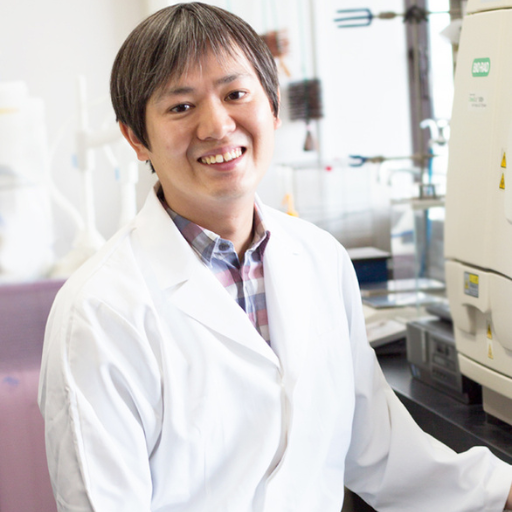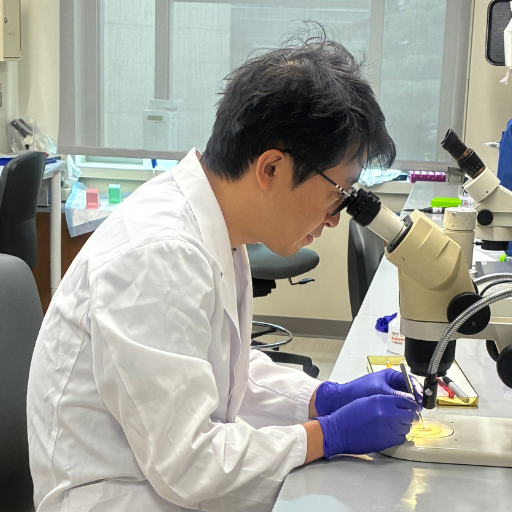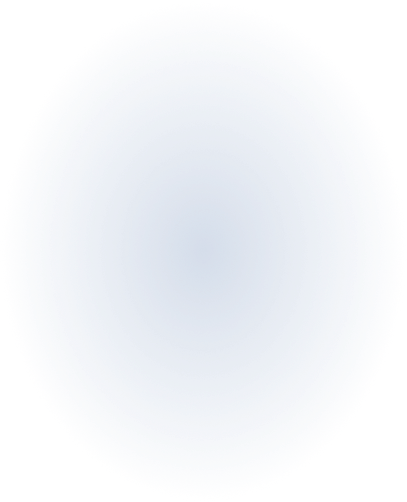A Murine Model of AMD With CNV and Sub-RPE Deposits
About the Research Project
Program
Award Type
Standard
Award Amount
$100,000
Active Dates
April 01, 2004 - March 31, 2006
Grant ID
M2004035
Co-Principal Investigator(s)
Summary
A gene that has been implicated as a risk factor in age-related macular degeneration (AMD) is apolipoprotein E or apoE. The human apoE gene exists in three variations or alleles, designated as apoE2, -E3, and -E4. Dr. Bowes-Rickman is studying the relative roles of each form of apoE, along with aging and diet, on the structural integrity of the retina and its adjacent blood supply in a potential mouse model of AMD. She has hypothesized that the combination of three major risk factors for AMD―apoE isoform expression, aging and diet―cause pathological changes in the retina, including the formation and accumulation of debris under the retinal pigmented epithelium (RPE) and new blood vessel growth. Her goal is to produce a mouse model that closely approximates these features of human AMD. This murine model can then be induced to express the defining events that lead to choroidal neovascularization in late AMD and provide a model for testing new therapies.
Related Grants
Macular Degeneration Research
How Aging of the Immune System Affects Age-Related Macular Degeneration
Active Dates
July 01, 2025 - June 30, 2028

Principal Investigator
Masayuki Hata, MD, PhD
Current Organization
Kyoto University
Macular Degeneration Research
Microglia’s Roles in AMD to Inform Therapies for Vision Loss Prevention
Active Dates
July 01, 2025 - June 30, 2027

Principal Investigator
Nobuhiko Shiraki, PhD
Current Organization
Duke University School of Medicine
Macular Degeneration Research
The Novel Role of an Intracellular Nuclear Receptor in AMD Pathogenesis
Active Dates
July 01, 2024 - June 30, 2026

Principal Investigator
Neetu Kushwah, PhD
Current Organization
Boston Children’s Hospital



